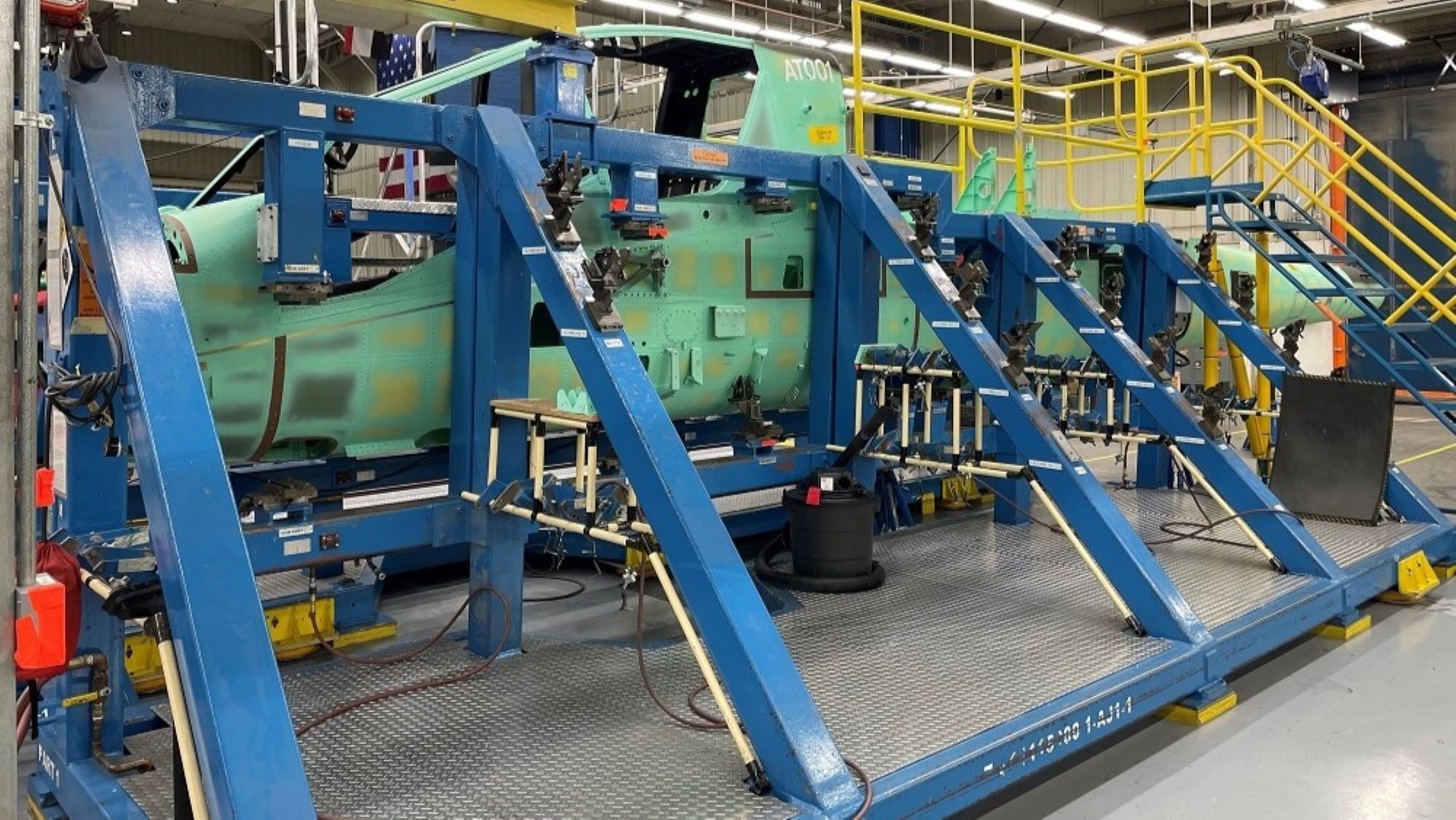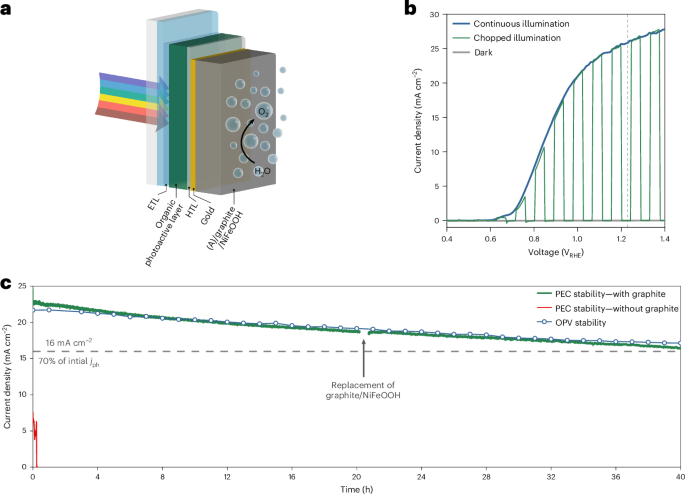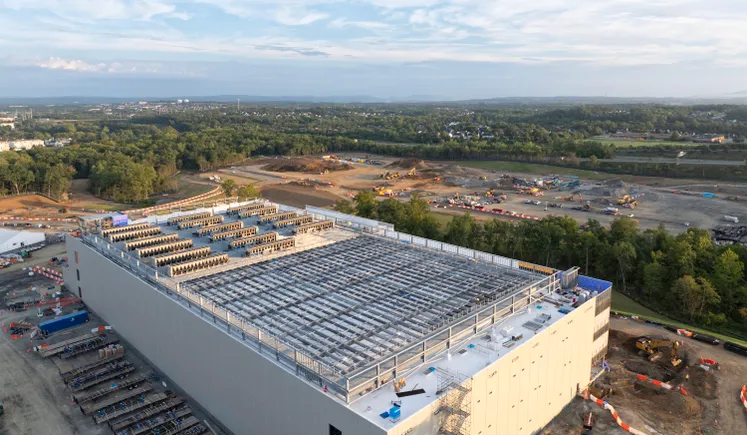Smart Warehouses: How Technology is Improving Inventory Management
In today’s rapidly changing logistics and supply chain management world, businesses are always seeking ways to make their operations more efficient, cost-effective, and optimised. The biggest innovation in this direction is the development of smart warehouses—warehouses that leverage advanced technology to optimise inventory management. By integrating automation, artificial intelligence, and data analytics, smart warehouses are [...] The post Smart Warehouses: How Technology is Improving Inventory Management first appeared on Warehouse & Logistics News.

In today’s rapidly changing logistics and supply chain management world, businesses are always seeking ways to make their operations more efficient, cost-effective, and optimised. The biggest innovation in this direction is the development of smart warehouses—warehouses that leverage advanced technology to optimise inventory management. By integrating automation, artificial intelligence, and data analytics, smart warehouses are transforming traditional storage facilities into intelligent hubs of efficiency and accuracy.

The Evolution of Inventory Management
Inventory management has come a long way from manual ledgers and manual counts. Warehouses in the past utilised human labour to track, move, and handle inventory, which caused errors, inefficiencies, and lost productivity. The digital era introduced simple software solutions that automated some tasks, but intelligent warehouses now do it a few notches above.
Thanks to advanced robotics, Internet of Things (IoT) sensors, and artificial intelligence (AI), warehouses today can operate with a level of precision and speed unimaginable previously. These technologies allow organisations to monitor inventory levels in real time, improve demand forecasting, and ensure seamless order fulfilment—while avoiding the need for people.
Automation and Robotics: Enhancing Efficiency
Perhaps the most apparent aspect of smart warehouses is the use of robotics and automation. Automated guided vehicles (AGVs) and autonomous mobile robots (AMRs) are becoming more prevalent in warehouses today, where they help transport goods across massive warehouse areas without human intervention. These robots can pick up and drop off items in designated areas quickly, which reduces order picking and fulfilment time significantly.
In addition, conveyor belt systems and robotic arms sort and package items automatically with precision and consistency. Through the elimination of human error and workflow streamlining, automation increases warehouse efficiency as a whole, leading to faster delivery times and increased customer satisfaction.
IoT and Real-Time Tracking
The Internet of Things (IoT) has revolutionised how inventories are monitored, providing warehouse managers with real-time data on stock levels, location, and movement. IoT sensors and RFID tags provide real-time tracking of inventory, reducing the likelihood of stockouts or overstocking. Sensors can automatically update the status of a product in the warehouse management system when moved, ensuring that stock levels are always current.
This level of visibility is critical to businesses that are developing just-in-time inventory models, as it economises by precluding costly delays and inefficiencies. Also, IoT technology enhances security via theft and misplacement prevention, as any movement of goods without authorisation triggers real-time alerts.
AI and Predictive Analytics: Smarter Decision-Making
Artificial intelligence is increasingly applied in smart warehouse operations. AI algorithms sort through vast amounts of data to predict patterns of demand, allowing companies to maximise inventory levels and reduce waste. Based on previous sales data, seasonal fluctuations, and external factors such as market fluctuations, AI accurately predicts inventory needs.
Predictive analytics also enables warehouse managers to anticipate possible supply chain disruptions and make the necessary adjustments. Through being proactive, it minimises downtime, maximises operational resilience, and delivers customers their orders on time.
Cloud-Based Warehouse Management Systems
Traditional warehouse management systems (WMS) previously required on-premise servers and manual updates, leading to inefficiencies and data silos. Today, cloud-based WMS systems enable real-time access to data from anywhere in the world. Such WMS systems function in balance with other technologies such as AI, IoT, and robots to transform the entire warehouse into a digital ecosystem.
Cloud-based WMS solutions also make it possible to collaborate among multiple stakeholders in the supply chain. Suppliers, logistics providers, and retailers can have the same information simultaneously, and they can coordinate and make decisions more quickly. An integrated approach makes things easier and reduces errors and misunderstandings.
Blockchain for Transparency and Security
Blockchain technology is turning out to be a game-changer in inventory management because it provides an irreversible and transparent history of transactions. Through decentralised ledgers, businesses are able to track the entire journey of a product, right from the production process to delivery. It assists in improved accountability, reduced fraud risks, and improved traceability in case of recall or quality problems.
For those warehouses dealing with high-value items or complex supply chains, blockchain technology offers a secure and reliable way of verifying the validity of products and transactions. With this, firms can build higher levels of trust with customers and partners and ensure adherence to regulatory standards in the industry.
The Role of Software Development in Smart Warehouses
At the centre of every smart warehouse is sophisticated software that integrates and synchronises various technologies. Organisations that have expertise in developing customised solutions are tasked with making logistics smooth and operations efficient. These solutions enhance operations, reduce operational costs, and enhance scalability.
A crucial aspect of smart warehouse operations is the optimisation of development for transport logistics. Advanced software systems manage fleets, optimise delivery routes, and offer real-time communication between several warehouse locations. With AI-driven logistics planning, businesses can efficiently reduce transportation costs while enhancing speed and accuracy.
Challenges and Future Prospects
Although there are various advantages of smart warehouses, their integration is fraught with problems too. Examples like exorbitant initial expenses, intricacy in integration, and reskilling the employees are some of the issues which enterprises must tackle. But as technology evolves and the adoption rates accelerate, the expense is expected to reduce, allowing the smart warehouse solution to become available for companies of any scale.
In the future, warehouse management can expect even more innovation. Integration of 5G networks will facilitate smoother transmission of real-time data, with AI-based automation further streamlining warehouse processes. Furthermore, innovation in machine learning and robotics will continue to diminish human involvement, with completely automated warehouses being an expectation in the near future.
Conclusion
The development of smart warehouses is transforming the management of inventories through the application of new technology to drive efficiency, precision, and productivity. From IoT and automation to AI and blockchain, these innovations are transforming the way businesses run their supply chains. While challenges abound, the benefits far exceed the drawbacks, making smart warehouses an investment businesses need to make to thrive in the digital age.
As technology continues to advance, the revolution in the smart warehouse will strengthen and be a sustained catalyst for efficiency and innovation in the logistics and supply chain arena. Companies that adopt this shift now will position themselves for success in the future.The post Smart Warehouses: How Technology is Improving Inventory Management first appeared on Warehouse & Logistics News.

































































































![The sights of Avalon Air Show 2025: Day Three [PHOTOS]](https://breakingdefense.com/wp-content/uploads/sites/3/2025/03/f-35-avalon-final-day-scaled-e1743079275404.jpg?#)






































































.jpg)











